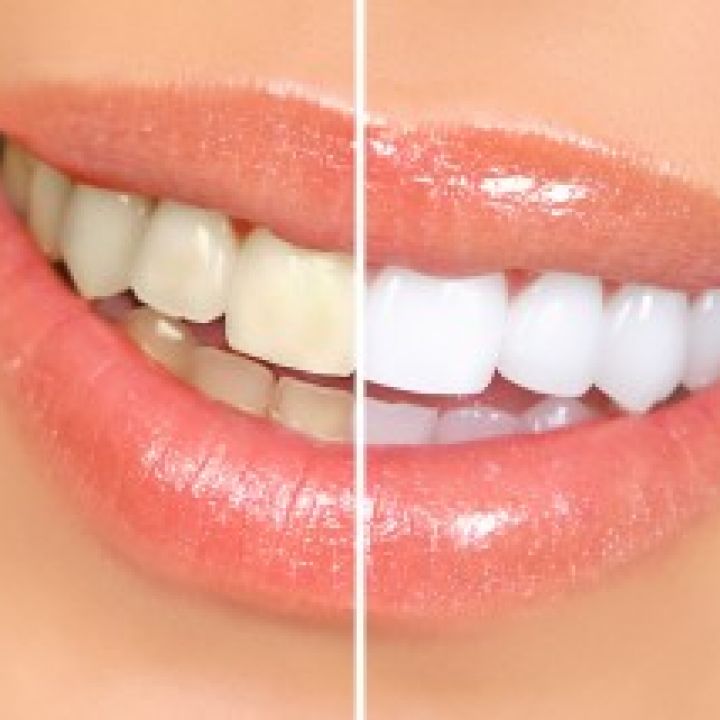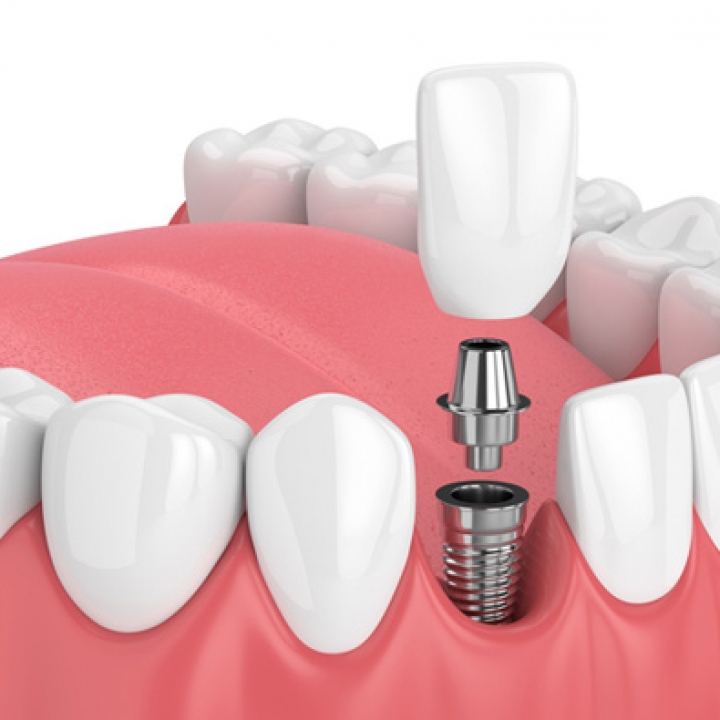My Tooth Must Come Out, Now What?

When your tooth is too badly damaged due to tooth decay, infection or trauma, the best will be to have this tooth removed. Tooth removal is always the last option, but sometimes this is the only longterm solution. The dentist must now carefully examine the tooth, gum level and bone.
When a tooth is removed the soft tissue and bone collapse and in as little as 2 months a lot of gum and bone volume is lost never to grow back. This loss of facial volume makes it difficult for future implant placement and can add to a 'fallen-in' and ageing look.
Socket Preservation after tooth removal
After surgical tooth removal the dentist may augment or rebuild the tissue by adding some artificial 'bone' with a special dressing(membrane) to prevent the area from collapsing. This procedure can be done at the time of tooth removal and is called socket preservation. If augmentation is done at a later stage the bone augmentation can be more complex, but many times this is the only way to ensure succesfull implant placement.
 |  |
| After tooth removal | Placement of membrane |
 |  |
| Place artificial bone particles | Closure of area with stitches |
Options for closing the gap after Tooth Extraction:
1) Removable Denture or Flipper
3) Dental Implant
Many factors play a role to determine what option will be best, but usually replacing the missing tooth with a dental implant is the best solution financially and longterm.







